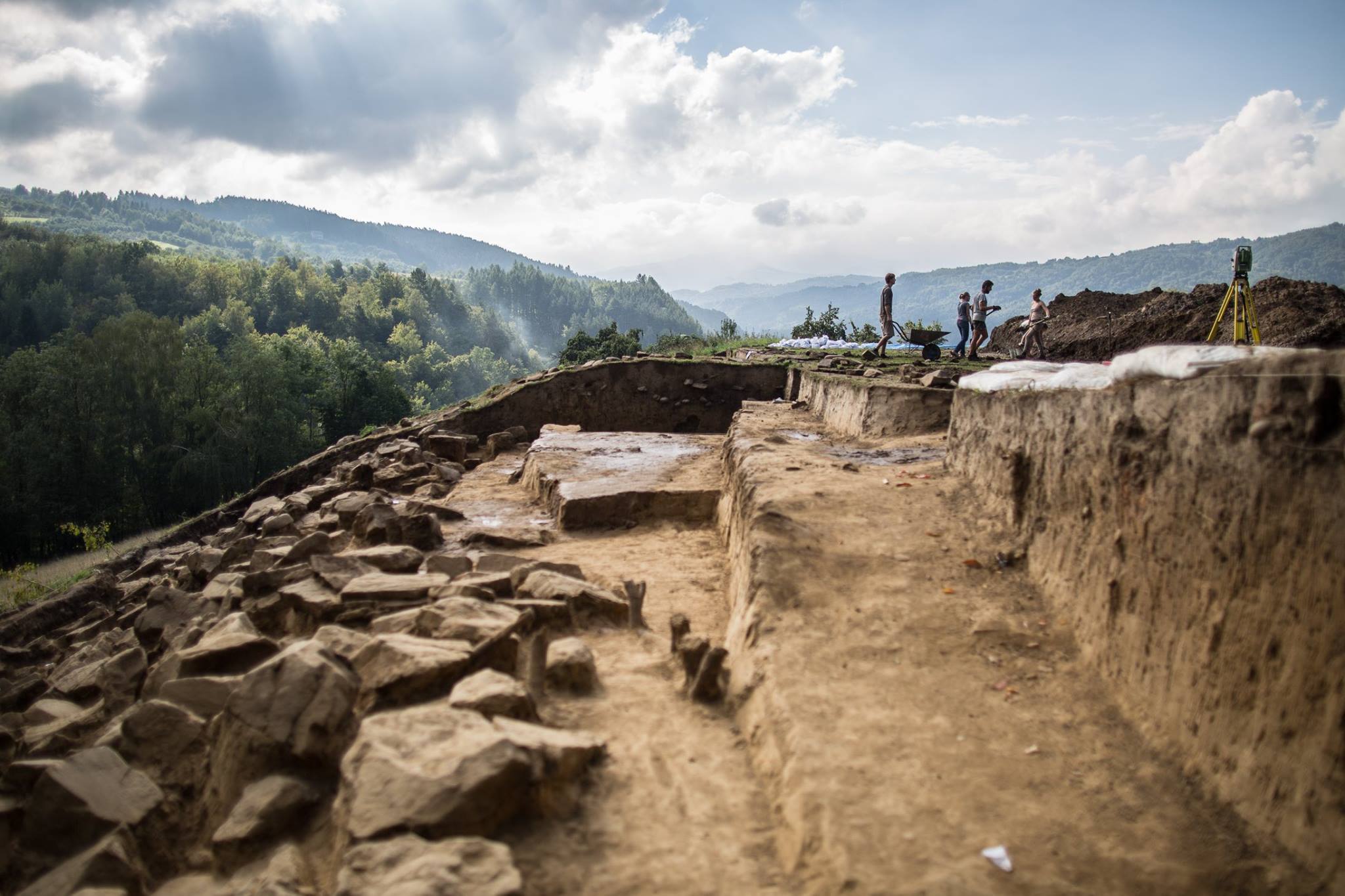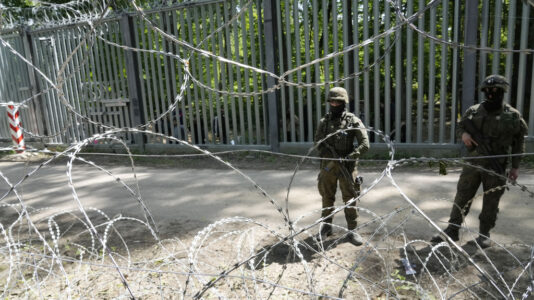In the scenic region of southern Poland, archaeologists have made significant discoveries at an early Bronze Age site on Mount Zyndram in Maszkowice.
Led by Dr. Marcin Przybyła, a professor from the Jagiellonian University’s Institute of Archaeology, the team has been excavating this site for over 13 years.
Their recent findings include both male and female jewelry pieces, signaling the rich cultural history buried within the area.
As the dig continues, the team remains enthusiastic about their prospects. “We have uncovered a necklace piece from the Bronze Age, and even a boar tusk with piercings that suggest it was part of a man’s adornment,” reports Dr. Przybyła. These finds are just a few among thousands of artifacts that have been excavated from Mount Zyndram, which include animal bones, iron objects, and ceramic fragments linking the settlement’s residents to the Mycenaean culture through both materials and techniques.
The site, unknown until Dr. Przybyła explored artifacts stored in university archives from digs conducted in the 1960s and 1970s, dates back approximately 3,500 years. It spans roughly half a hectare and features about 20 homes, accommodating between 150 and 200 people. This small community engaged in cattle farming, wheat cultivation, and foraging, with archaeological evidence suggesting hunting of bears, wolves, and wild birds.
Additionally, new excavations have revealed massive stone walls that likely served as the base for a ramp leading to the settlement, hinting at a once-fortified structure.
This small settlement, while modest in size, appears to have been a cultural melting pot, with inhabitants likely coming from areas now known as Romania and Hungary, as evidenced by their pottery. Women, primarily responsible for pottery, and men from regions known for stone structures along the Adriatic and Balkans, formed this vibrant community, illustrating a diverse and interconnected Bronze Age Europe.






